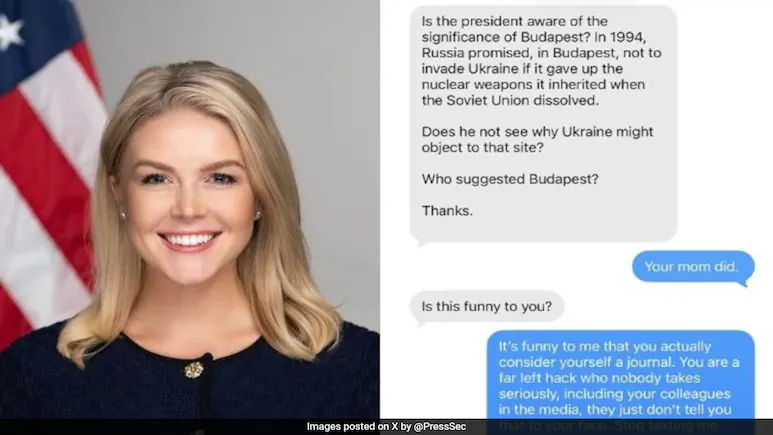
The Divided States of America
"United We Stand, Divided We Fall."
The American experiment in self-governance has always depended on a shared baseline of truth. Once, the press was the imperfect but essential bridge between power and people, an imperfect arbiter of fact capable of holding both public and private interests to account. Today, that bridge lies in ruins. What stands in its place is not journalism but a battlefield; an algorithmic coliseum in which every story is weaponized, every truth becomes partisan ammunition, and every citizen is drafted into an endless war of Binary Conflict.
The ruin of U.S. news media did not occur overnight. Its foundations began eroding when profit was welded to outrage. In the late 20th century, as cable networks multiplied, the market rewarded those who could hold attention, not those who could hold power accountable. The 24-hour news cycle demanded constant drama; the audience, once a civic body, became a consumer demographic. When social media arrived, it was not a revolution but an accelerant. The algorithms learned what network executives already knew: anger keeps you watching. Fear keeps you scrolling. Division keeps you coming back.
From that moment, the press was no longer the Fourth Estate, it became the entertainment division of politics. What had once been a national conversation devolved into two echoing chambers of moral absolutism. On one side, righteousness masquerades as truth; on the other, grievance masquerades as justice. The very structure of modern media, clicks, shares, engagement loops, rewards this binary. The result is not ideological disagreement, but epistemological collapse. Each camp believes not only that the other is wrong, but that the other lives in a fabricated universe. To turn on one network and then the other is to move between parallel Americas, each accusing the other of madness and corruption, each blind to its own distortions.
The immediate future of modern news is fragmentation. Traditional outlets, television, newspapers, and even legacy digital platforms, will continue to shrink as trust erodes and independent creators rise. Some will find a niche audience; others will drown in the sea of misinformation, competing for the same scarce attention as conspiracy theorists and partisan influencers. The word “journalist” will lose its definition, replaced by a continuum of commentators, activists, and self-appointed narrators. The distinction between reporting and performing will vanish entirely.
Yet the long-term future may hold an uneasy rebirth. As institutions collapse, the hunger for reliability will re-emerge. Out of exhaustion, a new generation may rediscover that truth cannot survive without structure; that fact-checking, transparency, and accountability are not relics but requirements for civilization. This recovery will not come from above. It will begin at the individual level: from readers who refuse to be fed, who learn to discern sources, who seek verification over validation. Only when citizens reclaim the responsibility of judgment can journalism recover the dignity of truth.
Until then, the United States remains the Divided States, two nations sharing one territory, each watching a different reality unfold on its screens. The motto once engraved in American unity, “United We Stand, Divided We Fall,” has become less a call to solidarity than a warning from the future. The nation’s greatest threat is not foreign, nor economic, nor even political. It is epistemic. When a people no longer agree on what is real, no constitution, flag, or election can hold them together. The echo chambers keep them alive inside their own illusions, until the gas is released.
"Divided We Stand, United We Fall."